Audubon’s Christmas Bird Count

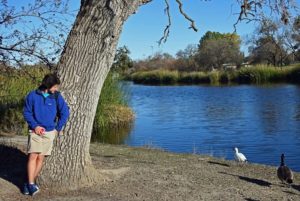
by Jill Hedgecock
Photos courtesy of Diane Walsh
Birds are considered an important economic resource for the hunting, birding, and tourism industries or as a 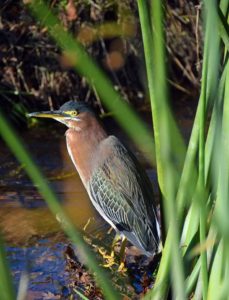 cultural resource such as a national or religious symbol. But for some, these feathered creatures are a gateway to connect to nature. For the avid birder, December brings a much-anticipated event.
cultural resource such as a national or religious symbol. But for some, these feathered creatures are a gateway to connect to nature. For the avid birder, December brings a much-anticipated event.
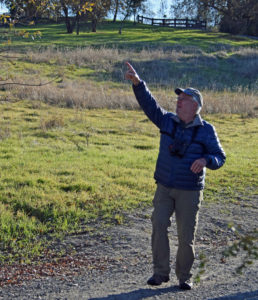 Audubon’s annual Christmas Bird Count (CBC) began on Christmas Day 1900 by ornithologist Frank M. Chapman to protest a holiday tradition known as the Christmas “Side Hunt” that honored whoever brought in the largest cache of dead feathered and furred animals. That original CBC spanned 25 locations from Toronto, Canada to Pacific Grove, California. This event has expanded to just over 2000 counts. December 2017 marks Audubon’s 118th CBC
Audubon’s annual Christmas Bird Count (CBC) began on Christmas Day 1900 by ornithologist Frank M. Chapman to protest a holiday tradition known as the Christmas “Side Hunt” that honored whoever brought in the largest cache of dead feathered and furred animals. That original CBC spanned 25 locations from Toronto, Canada to Pacific Grove, California. This event has expanded to just over 2000 counts. December 2017 marks Audubon’s 118th CBC
On December 16, 2017, 70 dedicated birdwatchers participated in the Central County CBC organized by Elizabeth Leite of the Mount Diablo Audubon Society (MDAS). that’s no small feat given that coverage is needed for fifteen different areas. At Heather Farms Park, a group of dedicated folks, including several young birders, assembled at 8:00 a.m. Count leader Tracy Farrington started the Young Birders Club in June 2013 and several youths joined in the count. Fourteen-year-old Sam Rosenbaum became interested in birding about a year ago when he encountered Farrington’s young birders at an event at John Muir National Historic Site. Kai Mills, a four-time MDAs CBC participant and a freshman at Cal Poly, became interested in birding in 8th grade while visiting his grandfather in Seattle.
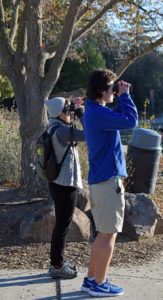 The young birders club has even resulted in recruiting adults. Erica Kawata, who regularly transported Kai to young birder’s events, became intrigued and soon viewed birds alongside Kai.
The young birders club has even resulted in recruiting adults. Erica Kawata, who regularly transported Kai to young birder’s events, became intrigued and soon viewed birds alongside Kai.
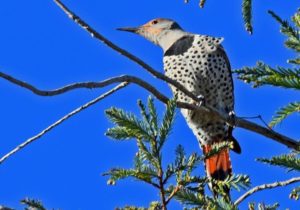 “Find a point along the lake where you can view the whole lake,” Farrington instructed, “then count. As you move around the lake, continue to count at each viewpoint. The highest number will be the final tally for that species.”
“Find a point along the lake where you can view the whole lake,” Farrington instructed, “then count. As you move around the lake, continue to count at each viewpoint. The highest number will be the final tally for that species.”
Farrington also asked the group to look out for the rare tropical kingbird that first appeared at Heather Farms Park in 2013. It had only had previously been sighted once on a CBC count day. About a half-hour into the count, Kai sighted this medium-sized songbird with a bright-yellow belly. Farrington also spotted the rarity a short time later.
 Luck was with this group when they identified a snow goose. This species had not been seen at Heather Farms since the early 1990s. In the last 25 years, this is only the 7th time this bird has been spotted across the 15 areas of the Central County MDAS count.
Luck was with this group when they identified a snow goose. This species had not been seen at Heather Farms since the early 1990s. In the last 25 years, this is only the 7th time this bird has been spotted across the 15 areas of the Central County MDAS count.
The group left Heather Farms to survey Howe Homestead Park. At the end of the day, a total of 52 species had been tallied.
That evening, leaders and participants from the 15 areas of the MDAS CBC gathered for dinner to learn what others spotted. Here, the list of 213 possible species observed over the last 25 years are announced while area leaders respond whether or not the birds were seen this year starting with birds that have been seen 25 out of 25 counts and whittling down to birds seen only once. A collective groan erupted when regularly observed birds, such as the common merganser and western screech owl, were missed. At the end of the list, Jerry Britten, a compiler, asked if anyone had seen a bird not announced. To the delight of the crowd, Denise Wight, reported that she spotted a Caspian tern at the former Concord Naval Weapons Station.
While wind may have played a role in the overall number of birds seen in 2017 (146 species) down from 2016 when 151 species were sighted. Decreased habitat was cited as the lack of sightings of several species. This year, as in years past, strategies to protect birds and their habitat will be based on the data compiled.
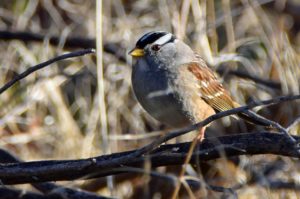
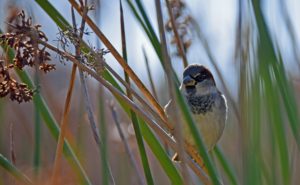
To learn more about MDAS visit https://www.diabloaudubon.org. To inquire about the Young Birds Club, contact Tracy Farrington at tracy_farrington@yahoo.com or call (925) 788-6223.

